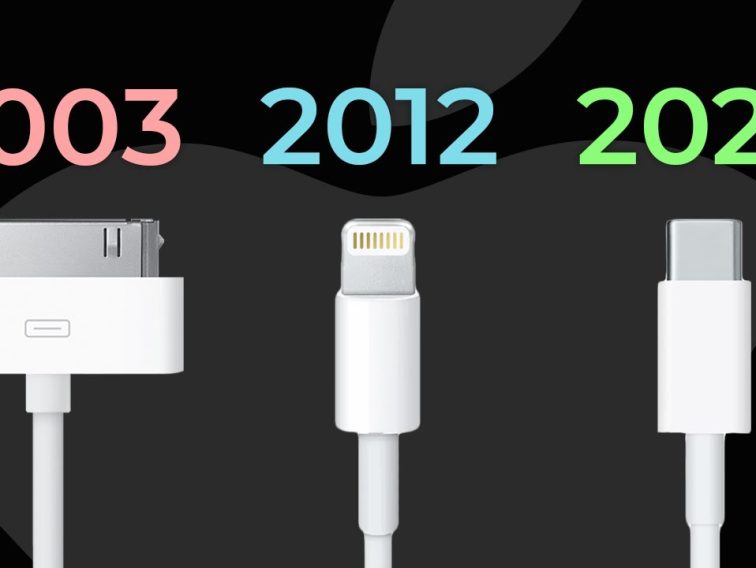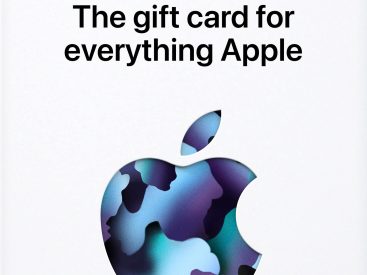Contents
Intro
So, what is the old iPhone charger called? You might have heard of it as the 30-pin connector or perhaps the dock connector. There’s a good chance you’ve come across it if you’ve been around Apple products since the early days. Understanding these legacy connectors is super important, especially since Apple has made a fascinating shift towards more modern standards, like the Lightning connector. This shift impacts everything from compatibility to device usability. Let’s dive into what these ports mean for your devices and how they connect to the iPhones of yesterday and today.
Link1: What’s Your Port? (CableWholesale)

Explanation of Various Ports and Connectors
First things first, knowing your ports can save you a lot of headaches! If you ever wondered about the different types of ports out there, you’re not alone. Ports like USB, HDMI, and those good old audio jacks play a critical role in connecting our favorite devices. The 30-pin connector, which was used in models like the iPhone 4 and earlier, is now almost a relic of the past but offers insight into Apple’s evolution.
Significance of Knowing Port Types
Understanding what kind of port you have not only helps with compatibility but can significantly impact your overall user experience. For instance, if you’re trying to use a charger for an iPhone 6 on an iPhone 5, you might run into an issue because of those connector differences. It’s like trying to fit a square peg in a round hole, right? So, knowing whether you’re dealing with a 30-pin dock connector or a newer Lightning connector ensures you’re getting the right charging experience.
Link2: YouTube Video on USB-C Charging

Overview of the YouTube Video Content
Now, shifting gears, let’s talk about the evolution in charging with USB-C. I found this super informative video on YouTube that dives deep into the benefits of USB-C charging for various devices. Honestly, USB-C is becoming the new jam! It’s not just about faster charging speeds but also data transfer capabilities.
Advantages of USB-C
– Speed of Charging: The rates are significantly better compared to older standards, which is a major plus.
– Data Transfer Capabilities: Imagine transferring a whole movie in just a few seconds.
– Versatility of USB-C Connections: You can use the same cable across several devices, which is a game-changer.
This video showcases some hands-on demos, making it crystal clear how to use USB-C chargers effectively.
Link3: Washington Post Article on iPhone and USB-C

Discussion on Apple’s Transition to USB-C
Have you heard the buzz about Apple’s shift to USB-C charging ports for iPhones? This transition is not just a marketing gimmick; it has serious implications for all of us who love Apple products. According to The Washington Post, this change was influenced by a combination of consumer needs and regulatory pressures.
Reasons for the Transition
Apple’s decision is not just about keeping up with tech trends; it’s also about ensuring devices are compatible with newer standards. It probably feels frustrating to juggle varying charger types. By moving to USB-C, Apple is making it easier to power various devices under one roof.
Implications for Consumers and Tech Ecosystem
For consumers like us, this means we might need to invest in new accessories. Sure, it’s a bit of a hassle at first. But once everyone’s on board, think of the convenience of a universal charge! From AirPods to MacBooks, interoperability becomes the name of the game.
Conclusion
Thanks for sticking around to explore the world of old iPhone chargers and modern connections! If you have any thoughts or want to share your experiences, feel free to drop a comment below. Don’t forget to check out more amazing Apple insights at Iphone7price.org!


